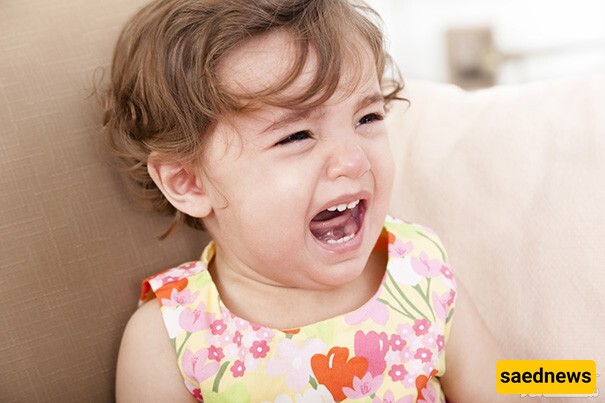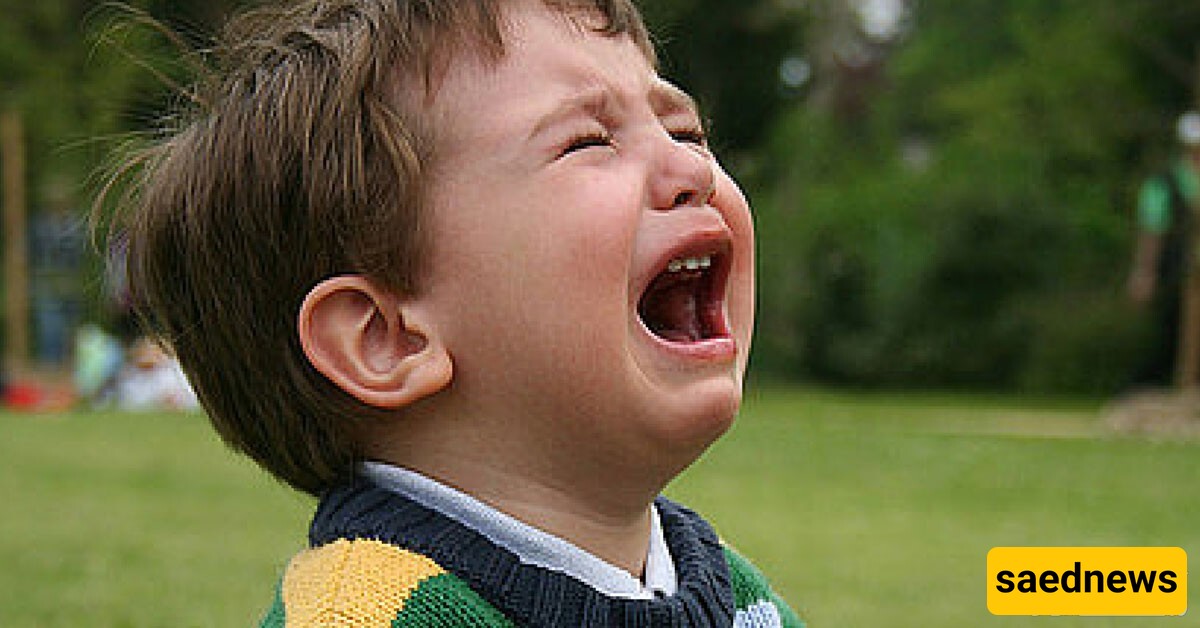Breath-holding spells occur when a child's breathing stops for a short period, ranging from a few seconds to a few minutes. These episodes can happen daily or occasionally. This article explains breath-holding spells in infants and children.

Typically, children cry, inhale, and then hold their breath without exhaling. It is important to know that no child does this intentionally, even if it appears that they are doing so as an extreme reaction to frustration. Breath-holding spells usually end within 30-60 seconds when the child takes a breath and starts crying or screaming again. In some cases, the episode lasts long enough for the child to lose consciousness, but there is no need to worry because the body automatically restarts breathing.

In most cases, breath-holding spells are predictable and can even be prevented by identifying triggers. Children usually outgrow these episodes by the age of 5 or 6.
There are two main types of breath-holding spells:
Cyanotic Breath-Holding Spells (Blue Spells) – These are the most common type and are characterized by:
Excessive crying or distress.
A bluish discoloration of the skin, especially around the mouth.
Pallid Breath-Holding Spells (Pale Spells) – These are less common and are characterized by:
The child may not cry.
A slowed heart rate and pale skin during the episode.
Sweating and extreme fatigue after the spell.
Some children who experience these spells may faint as adults.
In rare cases, some children may exhibit seizure-like movements.
The exact mechanism behind breath-holding spells is not fully understood, but they may be linked to:
Iron deficiency anemia – A condition where the body does not produce enough red blood cells.
Emotional or behavioral factors.
Cardiac issues – Less commonly, heart problems may cause breath-holding spells.
In many cases, iron deficiency is a significant contributing factor.
It is natural to feel scared when witnessing your child’s first breath-holding spell, especially if you have never encountered it before. Fortunately, these episodes do not cause long-term harm or affect brain function. Remember that:
Children do not hold their breath intentionally when upset or in pain.
Stay calm during an episode and do not try to force the child to breathe by shaking them or clearing their airway.
Breath-holding spells typically last 30-60 seconds.
Consult a doctor to rule out any underlying medical conditions.
These episodes often happen:
During crying.
When the child is frightened or upset.
After a minor accident or shock.
To help your child during a breath-holding spell:
Stay calm – The episode will likely pass within a minute.
Lay the child on their side and monitor them until the episode ends.
Do not place anything in the child’s mouth – Avoid putting fingers or objects inside. If the child has seizure-like movements, hold their head, hands, or legs to prevent injury.
Do not shake the child – This will not help and may cause harm.
Reassure others present that this is a harmless breath-holding spell that will resolve on its own.
Check for injuries – If the child falls and gets hurt during the episode, consult a doctor.
Do not punish or reward the child after the episode.
If it is the child's first episode, consult a doctor to rule out any serious medical conditions.
Take your child to the nearest medical center if:
They do not breathe for more than one minute.
They remain unconscious for longer than a minute after the episode.
A doctor will examine your child to rule out physical causes. Tests may include:
Blood tests to check for anemia (iron deficiency).
Electrocardiogram (ECG) to check for heart-related issues.
Electroencephalogram (EEG) if seizures are suspected.
No specific treatment is required.
Anti-epileptic medications are ineffective and rarely recommended.
Iron supplements may reduce the frequency and severity of episodes, especially in iron-deficient children.
Treating anemia can help reduce breath-holding spells.
Monitoring and protecting the child from injury is the most important step during an episode.
While it may not be possible to completely prevent these episodes, you can reduce their likelihood by:
Distracting the child if you anticipate an episode.
Preparing the child for changes in routine to avoid fear or stress.
Managing your own anger or frustration, as it can contribute to breath-holding spells.
Providing comfort after an episode rather than scolding or rewarding the child.
Ensuring the child gets enough rest to reduce stress and fatigue.
Teaching older children to recognize emotions like frustration to prevent emotional outbursts that may lead to an episode.
The most important role of parents is to reduce the severity and frequency of breath-holding spells by ensuring a secure and supportive environment. Behavioral therapy may be beneficial if the episodes persist. Consult a doctor for further guidance.

